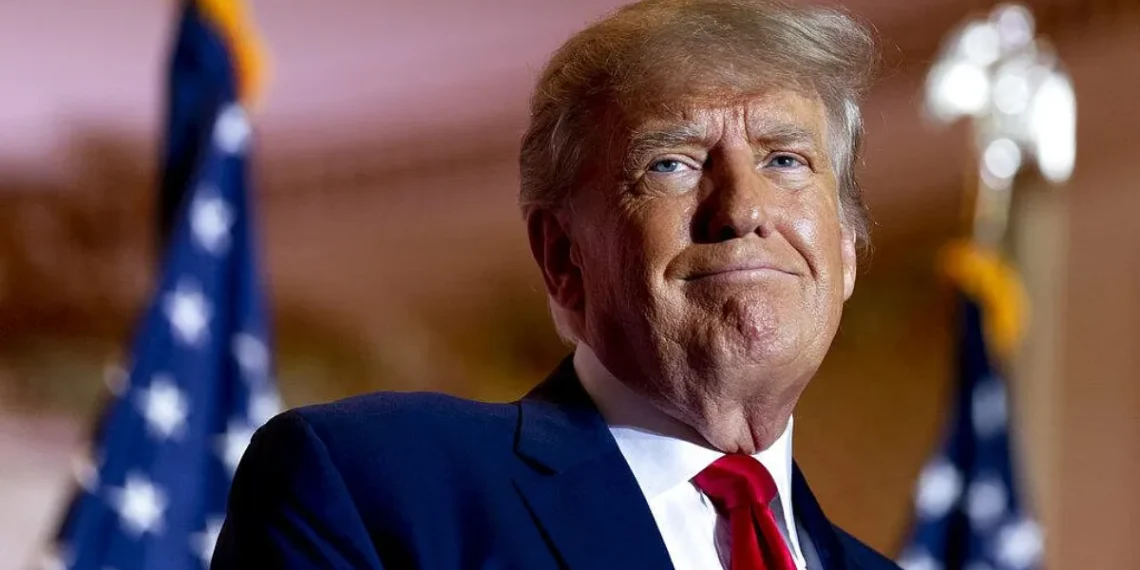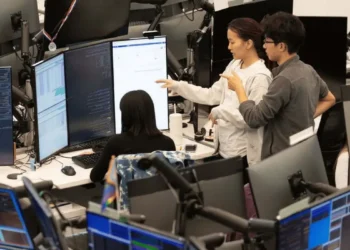India, Japan, and South Korea are among the key countries currently in trade discussions with the United States. President Donald Trump recently confirmed that negotiations are ongoing, and hinted that agreements with some nations could be finalized within days. “It could be very well,” he said on Sunday, without naming specific countries.
For India, the talks hold particular urgency. The country is trying to avoid high import duties announced earlier by the Trump administration. Though some of the tariffs are temporarily suspended, a 10% basic duty remains in effect—alongside existing tariffs of 25% on steel, aluminum, and automobile components.
Trump made it clear that the timing and outcome of these deals will be determined solely by him. “It’s up to me, it’s not up to them,” he told reporters, reinforcing the centralized nature of decision-making in his administration.
Trade negotiations with India have been intensifying. India’s Commerce Minister Piyush Goyal recently traveled to Washington to push forward the framework of Bilateral Trade Agreement (BTA). This follows a commitment by both President Trump and Prime Minister Narendra Modi to assign senior officials to lead the process. The initial phase of this BTA is expected to materialize by autumn 2025.
US Vice President JD Vance added further perspective, calling Modi a “tough negotiator” and accusing India of having taken advantage of past US trade policies. However, he also acknowledged that India may be one of the first countries to strike a new deal aimed at bypassing the latest wave of tariffs.
Meanwhile, similar trade discussions are progressing with Japan, South Korea, and several European countries. These talks come at a time when many US trading partners are eager to avoid increased tariffs and reset commercial ties with Washington.
Disclosure: The website managers, its employee(s), and contributors/writers/authors of articles have or may have an outstanding buy or sell position or holding in the securities, options on securities or other related investments of issuers and/or companies discussed therein. The content of the articles and the interpretation of data are solely the personal views of the contributors/ writers/authors. Investors must make their own investment decisions based on their specific objectives, resources and only after consulting such independent advisors as may be necessary.






